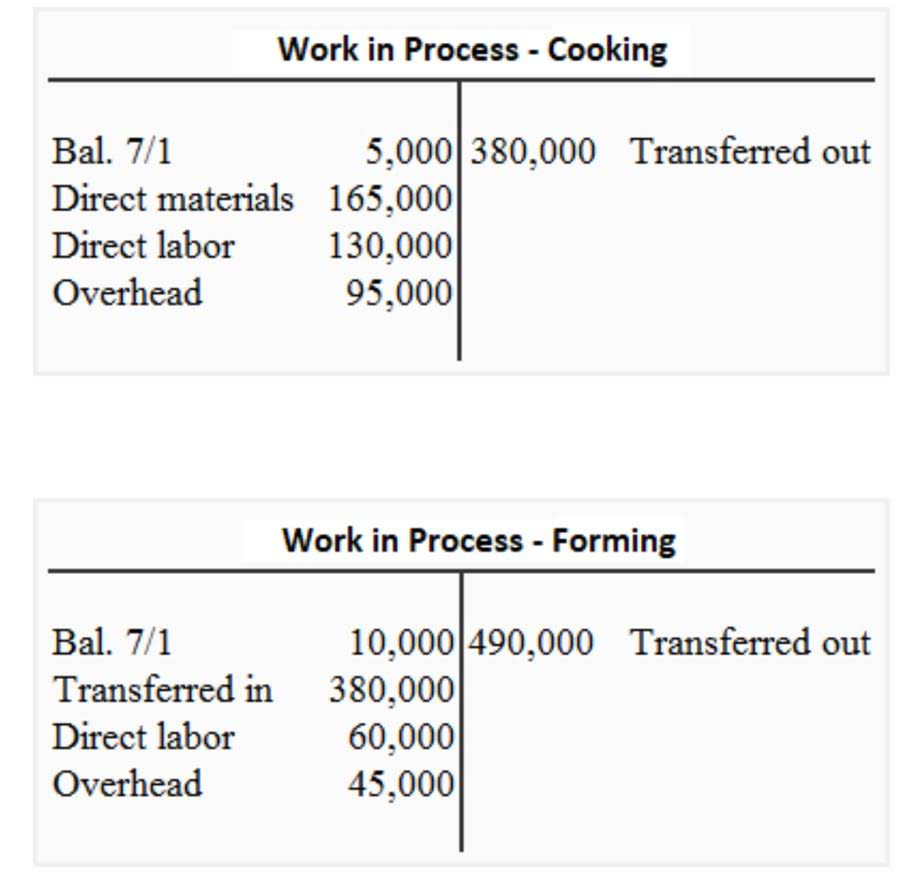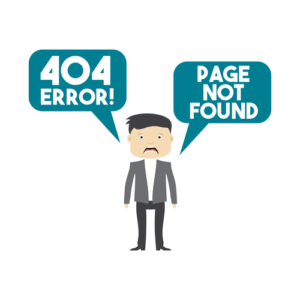Bookkeeping
What is a Contra Account? Understanding Sales Discounts and Rebates

Still, the dollar amounts are separately broken out in the supplementary sections most of the time for greater transparency in financial reporting. Regular reviews and adjustments based on comprehensive data analysis can significantly aid in maintaining healthy profit margins. Schedule regular reviews of your allowance and discount policies so they remain competitive and relevant to your market conditions. This might mean adjusting your strategies based on seasonal trends, customer feedback, or new market entrants.
What Other Types of Contra Accounts Are Recorded on the Balance Sheet?

Reporting net sales is generally considered a more transparent approach, as it provides stakeholders with a clearer view of the actual sales that contribute to a company’s profitability. It allows for a more precise calculation of key financial ratios, such as the gross margin, which is critical for assessing a company’s operational efficiency. By reporting net sales, companies also align with the conservative principle of accounting, which prefers understating rather than overstating financial performance. It is important to realize that unearned revenue is not a contra revenues account.
What Is the Difference Between an Inventory Write-Off & Inventory Reserve?
The Allowance for Doubtful Accounts is directly related to the asset account entitled Accounts Receivable. Therefore, the net amount of the accounts receivable that is expected to turn to cash is $38,000. Contra equity is a general ledger account with a debit balance that reduces the normal credit balance of a standard equity account to present the net value of equity in a company’s financial statements. Examples of equity contra accounts are Owner Draws and Repurchased Treasury Stock Shares. Discount on Bonds Payable is a contra liability account with a debit balance that reduces the normal credit balance of its parent Bonds Payable liability account in order to present the net value of payables on a company’s balance sheet. To illustrate the contra revenue account Sales Returns and Allowances, let’s assume that Company K sells $100,000 of merchandise on credit.

What is a Chart of Accounts?
These deductions, which come in the form of sales returns, allowances, and discounts, are not expenses but adjustments that lower the total sales on your income statement. A debit will be made to the bad debt expense for $4,000 to balance the journal entry. Although the accounts receivable is not due in September, the company still has to report credit losses of $4,000 as bad debts expense in its income statement for the month. If accounts receivable is $40,000 and allowance for doubtful accounts is $4,000, the net book value reported on the balance sheet will be $36,000. Trade discounts are reductions from the list price of goods or services offered to customers, often based on volume purchased or to incentivize certain buyer behaviors.
- By viewing these accounts — the parent and contra — in tandem, business owners can gain broader insights, preserve the historical figures stored in the parent account, and make accommodations for any relevant changes.
- The percentage of sales method assumes that the company cannot collect payment for a fixed percentage of goods or services that it has sold.
- Operating expenses, conversely, might reveal information about management’s ability to control costs and operate efficiently.
- This involves debiting a sales returns and allowances account, which is a contra revenue account, and crediting the accounts receivable or cash account, depending on whether the sale was on credit or for cash.
- Discount on Bonds Payable is a contra liability account with a debit balance that reduces the normal credit balance of its parent Bonds Payable liability account in order to present the net value of payables on a company’s balance sheet.
Accounting Ratios
Revenue refers to the total amount of income generated from your business operations, while sales refer to the amount of products or services sold. Contra revenue accounts are used to account for deductions made from sales revenue. The revenue contra accounts Sales Returns, Discounts and Allowances are subtracted from the main Sales Revenue account to present the net balance on a company’s income statement. If the bond is sold at a discount, the company will record the cash received from the bond sale as “cash”, and will offset the discount in the contra liability account. By reporting contra accounts on the balance sheet, users can learn even more information about the company than if the equipment was just reported at its net amount. Balance sheet readers cannot only see the actual cost of the item; they can also see how much of the asset was written off as well as estimate the remaining useful life and value of the asset.
- When considering all of the money currently owed to your business that’s recorded in your Accounts Receivable (A/R) line item as an existing asset, there’s a good chance that not all of those customers are going to pay you back in full.
- This is because the amount of returns and allowances given is deducted from your gross revenue, resulting in a lower net revenue.
- The treatment of sales returns in financial records is a nuanced aspect of contra revenue management.
- It represents the negative portion of revenue that arises from sales returns, discounts, allowances, and other types of deductions directly related to the company’s revenue-generating activities.
- Contra Costa County came in third with 17.9% of tax returns showing donations.

Embrace contra revenue as a tool for transparency and analysis, and leverage its insights to guide your business towards sustainable growth and success. Contra revenue refers to deductions or reductions in revenue that offset the gross revenue of a company. It represents the negative portion of revenue that arises from sales returns, discounts, allowances, and other types of deductions directly related to the company’s revenue-generating activities. Contra revenue accounts are reported separately from regular revenue accounts on the income statement. Sales returns and allowances refer to the amount of products returned or discounts given to customers due to defects or dissatisfaction.

- Businesses must also account for the possibility of future returns, which can be challenging as it involves predicting customer behavior.
- By keeping the original dollar amount intact in the original account and reducing the figure in a separate account, the financial information is more transparent for financial reporting purposes.
- Unlike regular expenses such as rent or salaries, which are the costs of operating your business, contra revenue is directly subtracted from sales revenue on your financial statements.
- In summary, the contra revenue account plays a crucial role in bookkeeping by mitigating unforeseen losses and clearly understanding a business’s financial landscape.
- If this aligns with your business model, it’s advisable to document each refund, return, or discount in your contra revenue account.
- To illustrate the contra revenue account Sales Returns and Allowances, let’s assume that Company K sells $100,000 of merchandise on credit.
Our accounting firm is a professional service firm that focuses on providing expert advice in accounting and tax. They are able to provide our clients with the most accurate and reliable solutions for their particular financial/accounting needs. We can see how the $10,000 allowance for doubtful accounts offsets the $100,000 A/R account from our illustrative example above (i.e. the account decreases the carrying value of A/R). This means if you sold an item for $100 but gave a $10 allowance for a small scratch, you’d record $90 in net sales instead of the full $100.
AccountingTools
- If your allowances or discounts are out of step with industry norms, you might be either giving away too much or not enough to attract customers.
- In this article, we’re going on a deep dive into what exactly a contra account is, how contra accounts work, why and how you would use contra accounts and more.
- And currently, Show-Fleur anticipates that it could only sell each one for roughly $50 thousand, meaning the depreciation per vehicle is $100 thousand.
- Rather than pay this cost up-front and tie up a significant chunk of capital, Show-Fleur makes this purchase on credit with a 90-day due date after invoicing.
- For the purpose of financial statement reporting, the amount on a contra account is subtracted from its parent account gross balance to present the net balance.
- If a client returns $1,000 worth of products, you record Sales Returns and Allowances by debiting $1,000 and crediting $1,000 to Accounts Receivable.
He has worked as an accountant and consultant for more than 25 years and has built financial models for all types of industries. He has been the CFO or controller of both small and medium contra revenue account sized companies and has run small businesses of his own. He has been a manager and an auditor with Deloitte, a big 4 accountancy firm, and holds a degree from Loughborough University.
This type of account could be called the allowance for doubtful accounts or a bad debt reserve. The balance in the allowance for doubtful accounts represents the dollar amount of the current accounts receivable balance that is expected to be uncollectible. The amount is reported on the balance sheet in the asset section immediately below accounts receivable.








